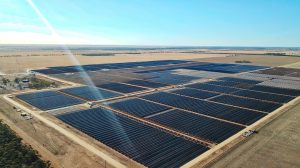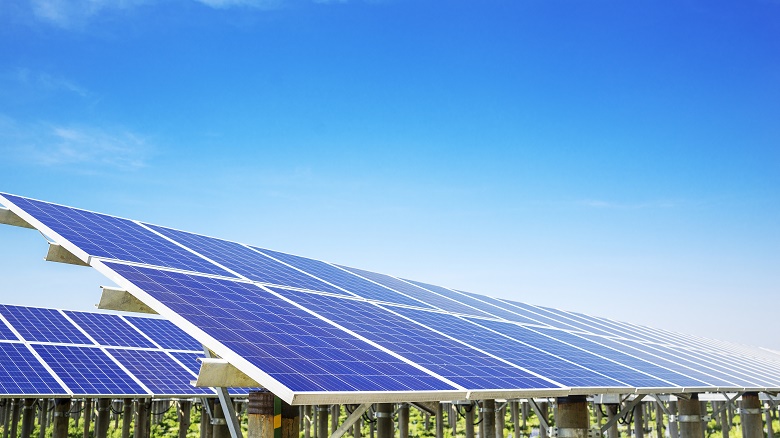A small regional council’s sustainability program is creating 800 construction jobs and delivering $90 million to the local economy.
Northern Victoria’s Gannawarra Shire has traditionally had an agricultural-led economy but in recent years the region has been leveraging off its natural environment in other ways.
“We started the renewable energy focus around 10 years ago because we recognised we had the right environment for large-scale solar,” says Roger Griffiths, manager of economic development with Gannawarra Shire Council.
Being one of the earliest local governments to pursue large-scale solar, Mr Griffiths says that getting support from the community and even within parts of the council was challenging.
“We couldn’t find many people who would give us a lot of support… the industry was still in the early stages and hadn’t taken off back then,” he says.

But opinion began to shift with the building of Gunnawarra Shire’s large-scale solar farm and battery storage – the first large-scale solar farm in the state.
“Once the first solar farm was built the community had a much better understanding of what was involved, how it all worked and what it would look like,” Mr Griffiths says.
Recognition has since come from further afield. Last month the 60 megawatt solar farm and 25 megawatt battery was awarded the Regional Recognition Award at the Premier’s Sustainability Awards.
Mr Griffiths says the project is “only the beginning of what is going to be a major transformation of our council area.”
There are an additional seven solar farms currently in planning, representing close to 1,200 megawatts worth of development, he says.
Each solar farm takes about 12 months to construct and sees 120 to 140 workers employed on site, meaning almost 800 jobs created in the region, Mr Griffiths says.
He adds:
“Each project has an economic value of $12 million to the local economy, so nearly $90 million will be injected into the economy just through the construction phase.”
The ability to generate $.15 million in additional annual rates revenue from the projects is a “massive shift” for the small council, he says.
More broadly, renewable energy is one of three areas the council has identified as future directions for the local economy – along with nature-based tourism and innovative agriculture.
“They all link intrinsically to the environment,” says Mr Griffiths.
“Nature-based tourism is about using the environment for commercial gain. We have amazing bush and waterways that we want to develop into a high-yield market with the potential for high-class accommodation and quality food.
“The other focus area of innovative agriculture is around our farms getting involved in new technologies and innovations, such as subsurface irrigation and new crops,” Mr Griffiths said.
Comment below to have your say on this story.
If you have a news story or tip-off, get in touch at editorial@governmentnews.com.au.
Sign up to the Government News newsletter.




It is interesting that in Europe the ground beneath solar farms is used for grazing animals
The idea of developing dual use of such facilities is an interesting area of investigation